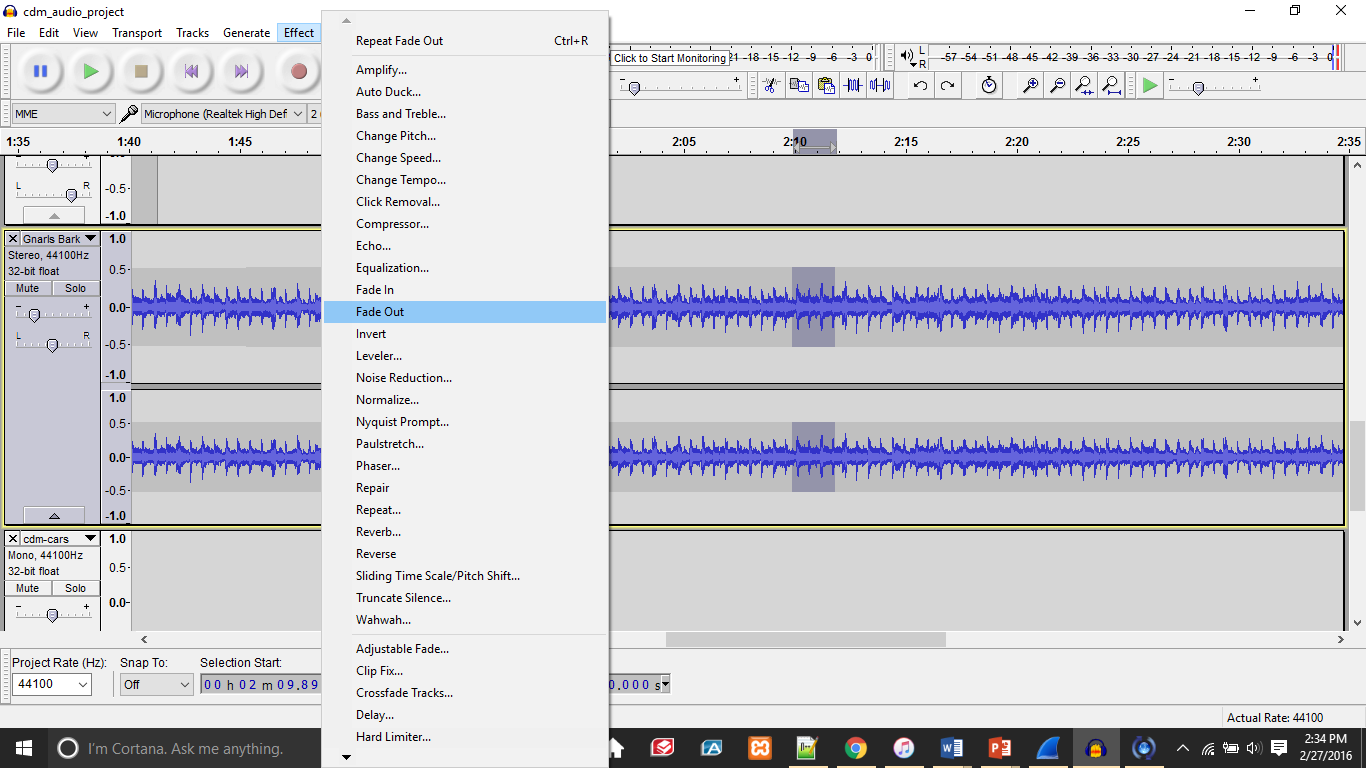When I code or do anything that requires building, I have to be actively organized. I need a non-dynamic flow for my thoughts and produced work so I can revisit for either review or looking back to regain a thought stream. I noticed many students while making Twines had the passage boxes all over the screen in clusters. If I were someone reviewing the work, this lack of organization would drive me up a wall.
So I’m going to show a simple trick many people didn’t utilize: snapping to grid. It’s super simple and maybe too elementary for a tutorial, but I think for design’s sake it is incredibly important.
If your twine looks a bit like this…

You may need to use snap to grid.
First, go to the view button and click “Snap to Grid”.
Nothing will snap automatically, yet; however, if you try to move something, the box will snap to a grid immediately. You’ll have to do some moving around to get the boxes in the order you’d like. Eventually your setup can look nice an organized like so:
If you want to be able to check if all your links are set easily and see the progression of your twine, I laid my boxes out in a straight line, with the main story line in the middle, with linked photos and off-story choices creating branches or stacking on-top of relevant links.
This way I can see how my story progresses without actually playing it and it makes it easier to check and catch errors you may not find unless you play every single story combination. As your game grows, this becomes more difficult, with each new choice you add comes another factorial of combinations. MATH!


















 T
T






